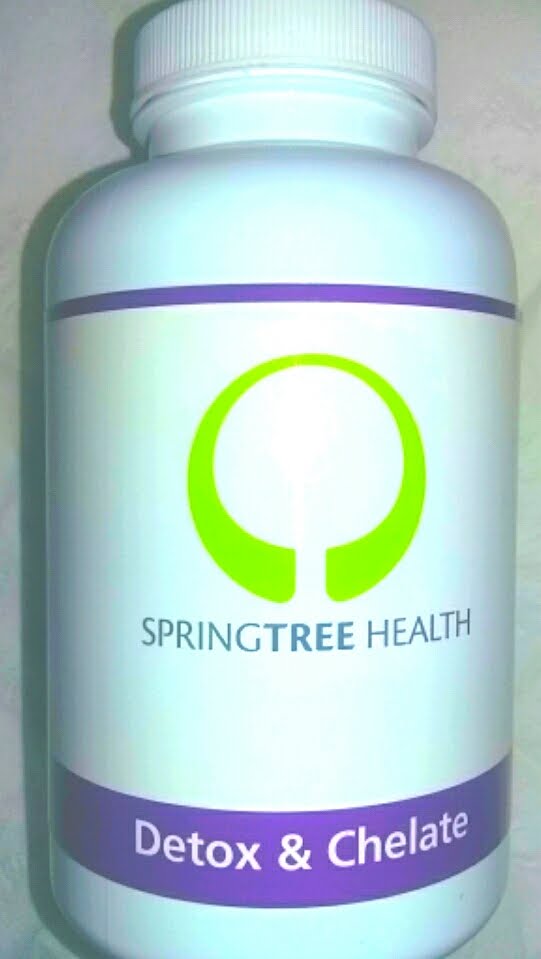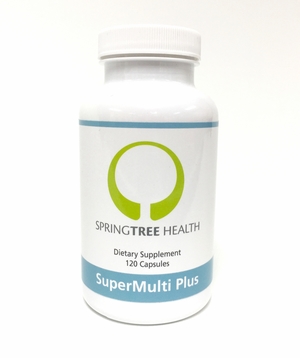Premenstrual Syndrome (PMS) or it's uglier sister Premenstrual Dysphoric Disorder (PMDD) have been the brunt of many jokes, but to the woman suffering it can significantly reduce the quality of life.
Doctors haven't traditionally had a lot of help for these women. The most common treatments are NSAIDS such as ibuprofen, birth control pills, and SSRIs such as Prozac. These often help the symptoms but don't deal with the underlying causes.
What are the causes of PMS? The main cause is hormonal imbalance, but what causes hormonal imbalances?
The
most common cause is stress--either physical or emotional stress.
Progesterone is the precursor of testosterone and estrogen, but it is
also the precursor of cortisol, the body's stress hormone. When we are
under stress the metabolism goes preferentially to make cortisol, so the
progesterone goes higher to make up the difference, and over time
progesterone levels drop. Both excess and deficiency of progesterone
can cause certain types of premenstrual symptoms. In our office we use a
28 day saliva test to determine the estrogen and progesterone levels
throughout the cycle, since it is always changing. It is difficult to
obtain an accurate picture of hormone levels with one blood test or
urine test when a woman is cycling and hormones are changing daily.
We
are all familiar with emotional stress. A lot of people don't
recognize what their physical stressors are. Some of these stressors
can include:
- Poor diet--excess sugar and fat combined, excess chemical food additives
- Vitamin/mineral deficiencies
- Frequent infections
- Chronic illness
- Over-exercise
- Lack of adequate sleep
- "Burning the candle at both ends."
- Low blood sugar
- Endogenous and environmental toxins
- Neurotransmitter imbalance and/or mood disorders
- Etc.
Calcium--Calcium has been used since the 1930s for PMS. Multiple trials have shown Calcium supplementation to reduce total PMS related symptoms to placebo. One study out of Columbia found 48% reduction after calcium supplementation for three consecutive menstrual cycles. Recommend 500 mg to 800 mg/day. Preferably don't use Calcium Carbonate--most other forms work well.
 Chaste Tree Berry (Vitex Agnus Castus)--used
and approved in Germany for PMS and breast pain, as studies have
consistently shown improvement in symptoms over placebo. One study with
fluoxetine (Prozac) showed no significant difference between the two.
Doses--20-40 mg/day.
Chaste Tree Berry (Vitex Agnus Castus)--used
and approved in Germany for PMS and breast pain, as studies have
consistently shown improvement in symptoms over placebo. One study with
fluoxetine (Prozac) showed no significant difference between the two.
Doses--20-40 mg/day.Omega-3 Fatty Acids--studies shows improvement about placebo. May reduce psychiatric symptoms along with bloating, headache and breast tenderness. Doses--at least 2000 mg/day.
B-6, 5-MTHF (methylfolate), Methylcobalamine (activated B-12)--support the maintenance and balance of serotonin and dopamine. Often helps menstrual headache. Doses B6 50-100 mg, folate and B-12 1000-5000 mcg (some women feel bad on higher doses, some need the higher doses to notice an effect).
Magnesium (250-600 mg), Vitamin E (400-800 mg) and Gamma Linoleic Acid (GLA) such as Evening Primrose Oil or Borage Oil (1000-2000 mg)--shown to lower swelling, bloating, breast tenderness and painful cramping before and/or during period.
5-HTP--the immediate precursor to serotonin.
GABA--levels tend to be low during premenstrual time. Dose 500-1500 mg
Ginger--prevents the production of prostaglandins. Studies show significant differences in severity of mood, physical and behavioral symptoms compared to placebo after 3 months. Dose 250 mg twice a day.
Chamomille--reduces psychological symptoms. Dose 100 mg.
Chromium--study on PMDD used chromium 400 mcg/day + placebo versus chromium + sertraline (Zoloft), administered from midcycle to onset of menses. Chromium alone was associated with marked clinical improvement. Chromium plus antidepressant showed greater improvement than either one alone.
Lavender oil aromatherapy--can decrease depression and PMS brain fog.
Curcumin--reduces inflammation caused by menstrual changes.
Acupuncture--physical symptoms such as headache, cramps, backache, cold sweats, hot flashes, breast pain, swelling of hands and feet, bloating and abdominal pain.
Exercise--can improve hormonal balance, fatigue, impaired concentration and confusion, and most premenstrual symptoms.
Diet--reduce simple carbohydrates (sugar and flour products), reduce processed foods with lot of chemicals, stop dairy unless organic because of high levels of hormones; increase vegetables and fruits, small amount of protein at most meals, good fats, eating every 2-3 hours during premenstrual time.
In general we always encourage improved diet, exercise and stress reduction techniques. We almost always recommend SpringTree SuperMulti Plus because it has good levels of calcium, magnesium, B-vitamins with the methylated folate and B-12, trace minerals including chromium and zinc, etc. We will often add Chaste Tree Berry or other herbs, and often recommend a few visits with our acupuncturist. If there are signs of inflammation, we might recommend SpringTree Inflamasol, which has helped some women improve when other treatments didn't work. It is rare that women don't improve on one or more of these therapies, which work on improving the cause rather than just treat the symptoms.
If we don't get the desired results with natural treatments we may consider using bio-identical hormones if the testing shows a deficiency. I don't prescribe these without a 28 day test because we don't know if levels are too high or too low. A few women react negatively to even bio-identical hormones, so we keep close tract until we know there is improvement.
Check with your physician to see if any of the above treatments might assist with your symptoms.
Until we meet again,
Dr. Judi










